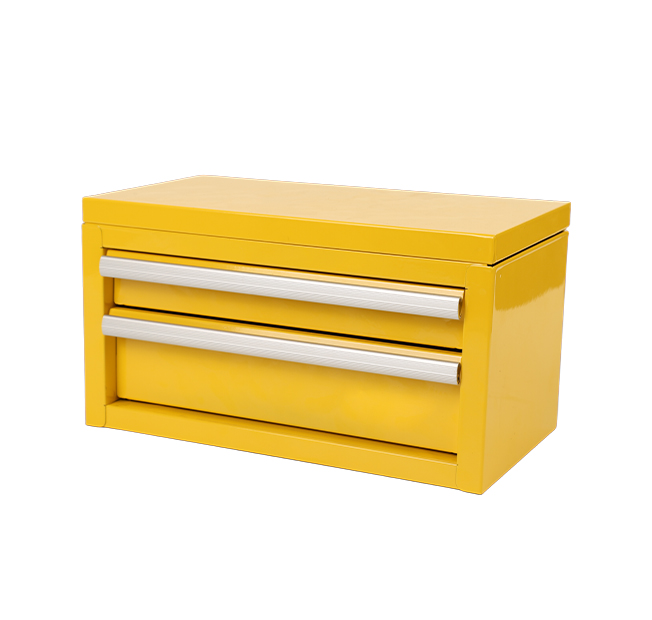Time:2025-06-12 Views:0 source:CNC Machining customization source:CNC Machining news

Sheet metal laser cutting equipment operates based on several key parameters that significantly impact the cutting quality, speed, and efficiency. The first and most critical parameter is the laser power. Laser power determines the energy available to melt and vaporize the sheet metal. Higher - power lasers can cut thicker materials more quickly. For example, a 1000 - watt laser may be suitable for cutting thin sheets of up to 3 - 4 mm, while a 4000 - watt or higher - power laser can handle materials up to 12 - 15 mm thick.
The cutting speed is another important parameter. It is directly related to the laser power and the material type and thickness. Generally, for a given laser power, thinner materials can be cut at higher speeds. However, increasing the speed too much can lead to poor cut quality, such as rough edges or incomplete cuts. The optimal cutting speed needs to be determined through experimentation and is often provided in the equipment's operation manual for different materials and thicknesses.
The focal length of the laser beam also plays a crucial role. Adjusting the focal length can control the spot size of the laser on the sheet metal surface. A smaller spot size results in a more concentrated laser energy, which is beneficial for cutting fine details and thin materials with high precision. On the other hand, a larger spot size can be used for cutting thicker materials as it spreads the energy over a larger area.
The assist gas type and pressure are additional parameters. Commonly used assist gases include oxygen, nitrogen, and compressed air. Oxygen is often used for cutting carbon steel as it reacts with the molten metal, increasing the cutting speed. Nitrogen is suitable for stainless steel and aluminum as it prevents oxidation of the cut surface. The pressure of the assist gas needs to be adjusted according to the material thickness and the cutting speed. Appropriate assist gas pressure helps to blow away the molten metal debris, ensuring a clean cut.
Read recommendations:
Sealing ring Precision electronic parts
Housing components for recessed downlights Precision electronic parts
Oval Magnetic Hardware Precision electronic parts
CNC Machining Dimension Accuracy
CNC processing factory - Meeting customers' strict requirements for precision